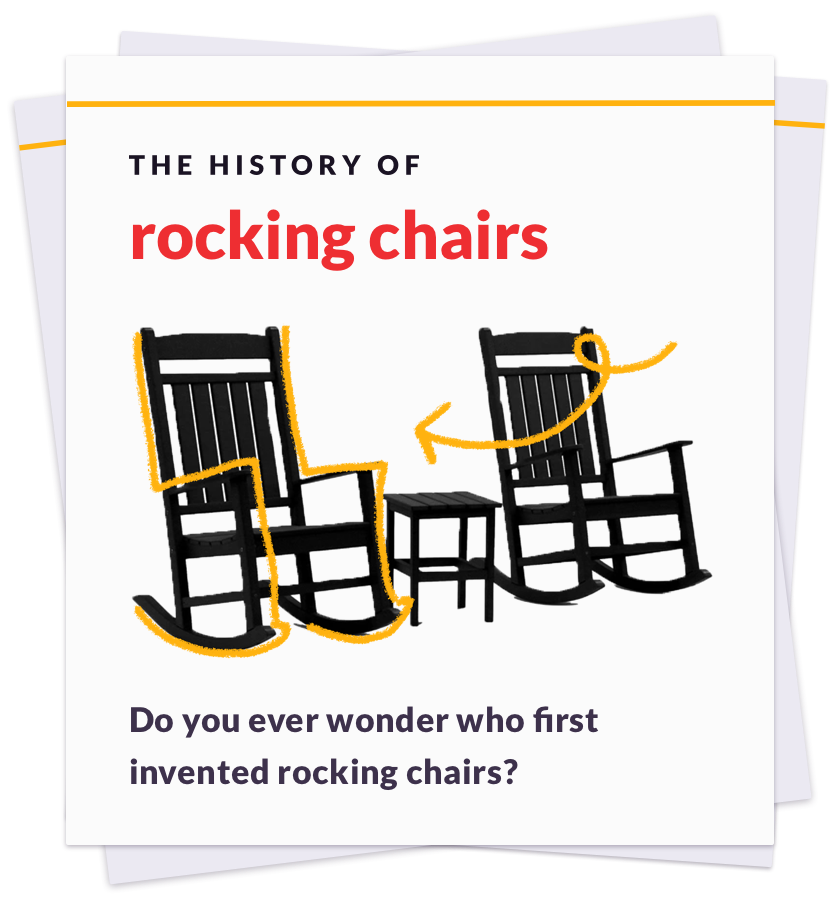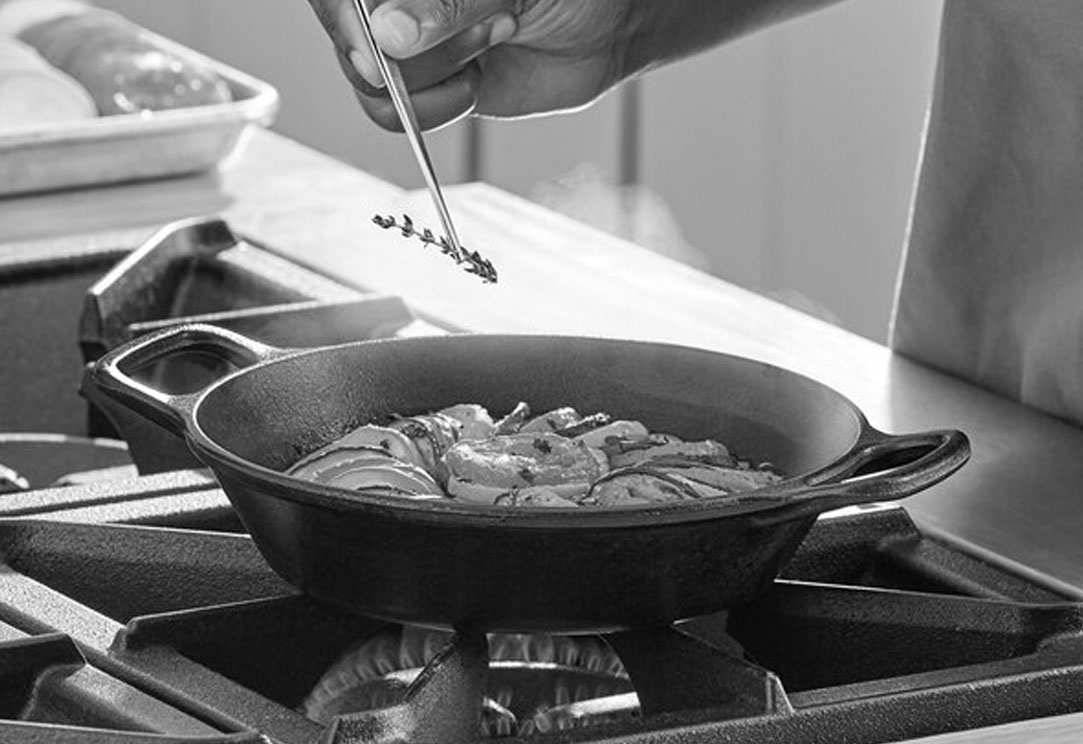In 1877, Joseph Lodge and his wife, Anna, moved to South Pittsburg, Tennessee. In 1896, they opened the Blacklock Foundry to manufacture a variety of cast iron products, including cookware. A fire destroyed the foundry in 1910, but three months later, the company returned as Lodge Cast Iron. The Great Depression presented another threat to the Lodge family’s business, but they were able to keep the doors open — and many of their workers employed — by manufacturing cast iron novelty items like garden gnomes and decorative animals. In the postwar period, Lodge began converting from hand-pouring techniques to an automated molding process. In 1965, the company became the first in the United States to use a Danish molding machine called a Disamatic; this made manufacturing safer and more efficient. During the economic difficulties of the 1970s, William Leslie Kellermann, Joseph Lodge's grandson, created a plan to reconstruct the foundry, a project that allowed the company to bring employees back to full work weeks. In 1973, the iconic Lodge logo of a black skillet with an egg frying inside was created. In 1994, the company reduced hazardous waste by replacing its coal-fire cupola furnaces with an electro-magnetic induction melting system. Lodge pioneered pre-seasoned cast iron cookware in 2002 and rolled out a line of porcelain enameled cast iron cookware in 2005. In 2013, the Lodge Seasoned Carbon Steel line debuted and in 2017, the company opened a second foundry to increase production capacity. Today, Lodge is considered the oldest cast iron cookware manufacturer in America and its products are workhorses in many kitchens.

Your go-to guide for weird history facts
Subscribe to the FREE daily email that makes learning about history fun.


